
10 Ways to Save on Your Electric Bill Right Now
If you’ve ever worried about having enough money to pay your energy bill, you’re not alone. Nearly 39 million American households – or 1 in 3 – struggle to pay for electricity each year, while 25 million sacrifice food or medicine to cover the bills. And as the weather grows more extreme and our daily lives depend ever more on electronics, it’s become harder and harder to find ways to save on the monthly electric bill.
If possible, upgrading to energy efficient appliances or conducting a home energy audit are the best ways to reduce your electric bill in the long-term. But what if you need to lower your bill now? Fortunately, there are a number of easy – and cheap – ways you can cut back on your home energy use today. Scroll down for 10 quick energy-saving tips.
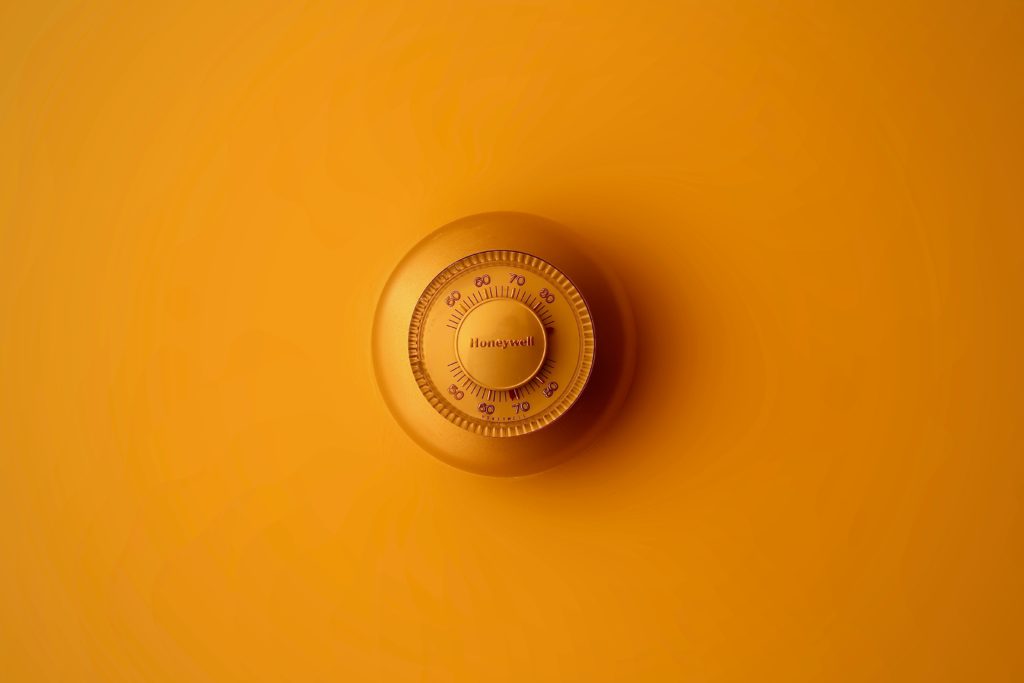
1) Set your thermostat to 68 degrees in the winter.
In cold weather, the cost of heating your home increases by 3% for every degree over 68. To keep your electric bills down, set your thermostat to 68 degrees when you’re at home and lower it by around 10 degrees when you’re away or sleeping. This can lower your bill by $83 a year.

2) Wash your laundry with cold water.
90% of the energy used by a washing machine goes toward heating the water. Washing your clothes with cold water can save you up to $200 a year on your electric bill.
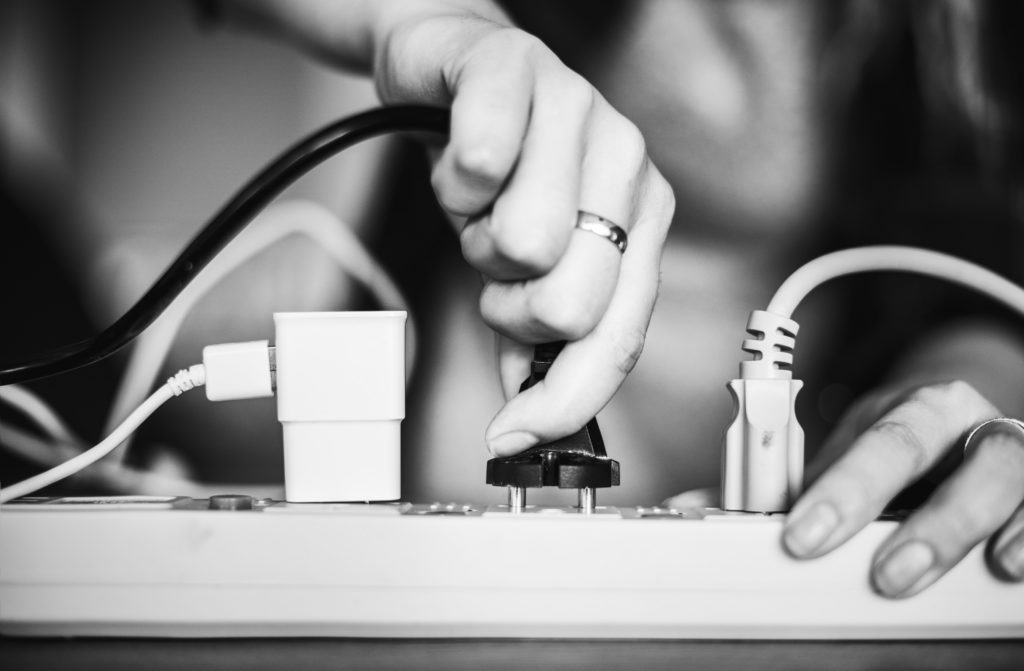
3) Use power strips for electronics & unplug when not in use.
Electronics consume a shocking amount of energy, even when they’re turned off or done charging. Cut down on phantom loads by plugging TVs, phones, laptops, chargers, and even coffee makers into smart power strips and unplugging them when not in use.

4) Switch to LED lightbulbs.
Turning off lights in your home is an easy way to save electricity. But what about when the lights are on? Studies show that installing LED lightbulbs can save you up to $100 a year on your utility bill – and they last longer than incandescent or halogen bulbs, too!
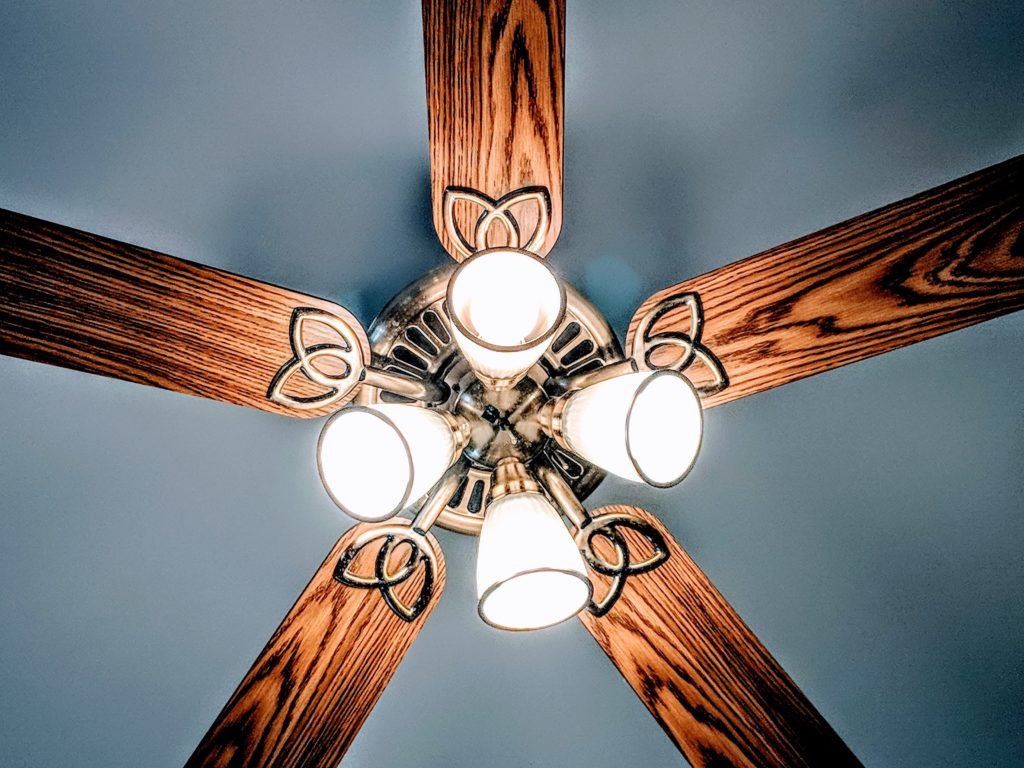
5) Use your ceiling fan year-round.
Ceiling fans are a cheap way to stay cool in the summer, and they can also keep you warm in the colder months! By reversing your fan to spin clockwise, the fan pushes warm air down, making you more comfortable in the winter. This can save you up to 15% on your electric bill.
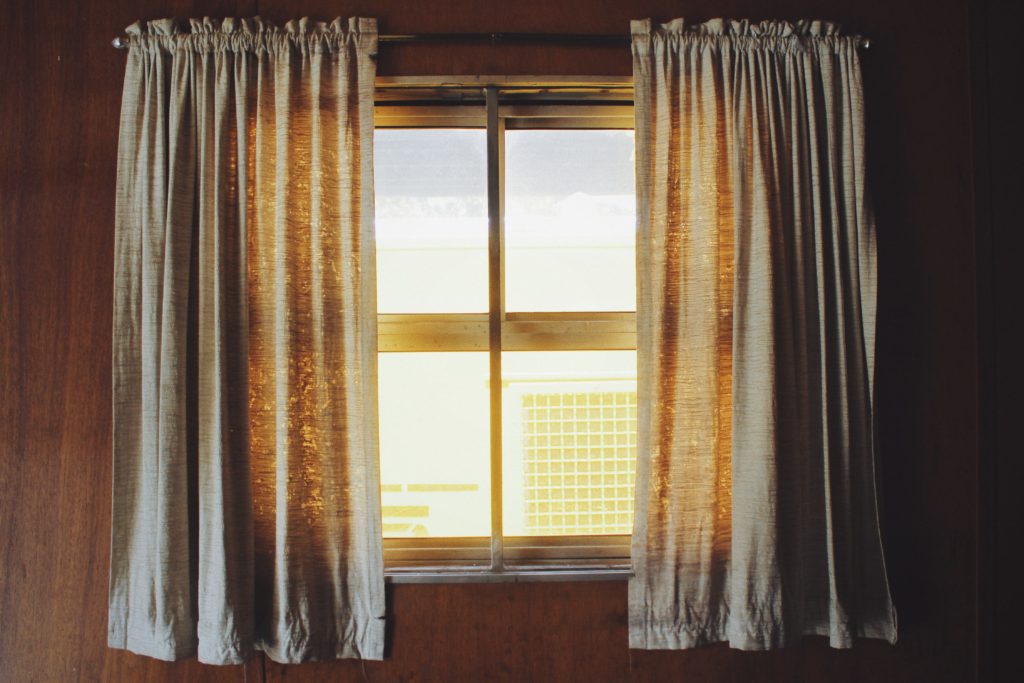
6) Install curtains on your windows and know when to use them.
A home loses about 30% of its heat through its windows. To solve this, install curtains or window shades and keep them closed at night to help with insulation. During the day, turn down the thermostat and open the curtains to allow the sun to naturally heat the room.

7) Minimize electricity use during peak hours.
Many utility companies, including Portland General Electric and Pacific Power, offer lower electricity rates during the day or late at night. Take advantage of these off-hours by running large appliances like your washing machine or dishwasher at these times.
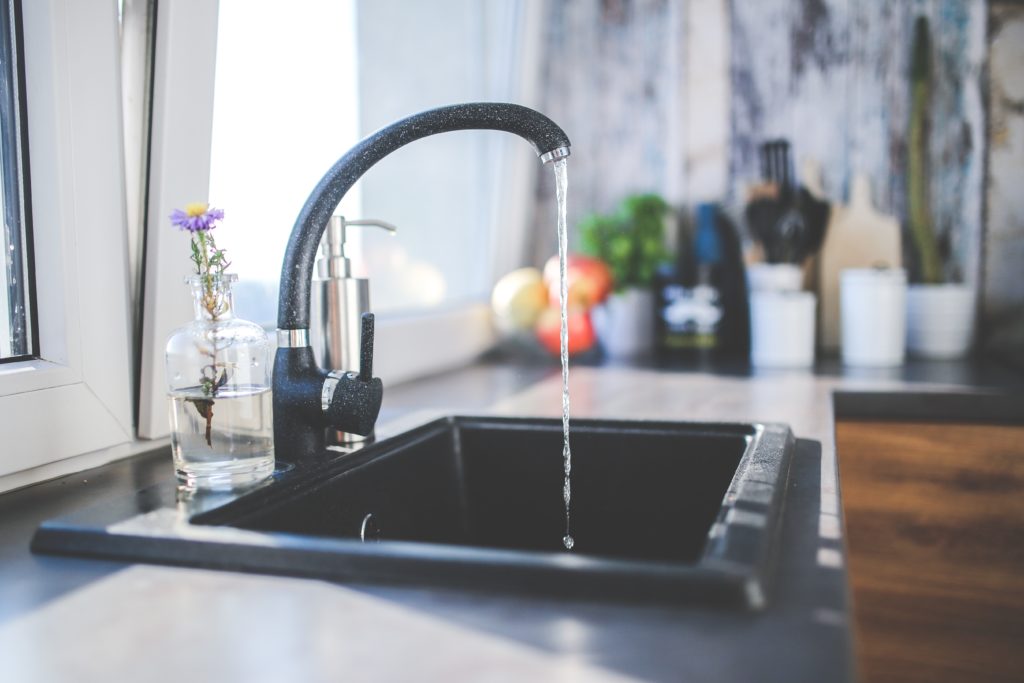
8) Adjust the temperature on your water heater.
Most water heaters come preset at 140 degrees. The Department of Energy recommends that you lower it to 120 degrees. This can save you up to 10% on your electric bill.
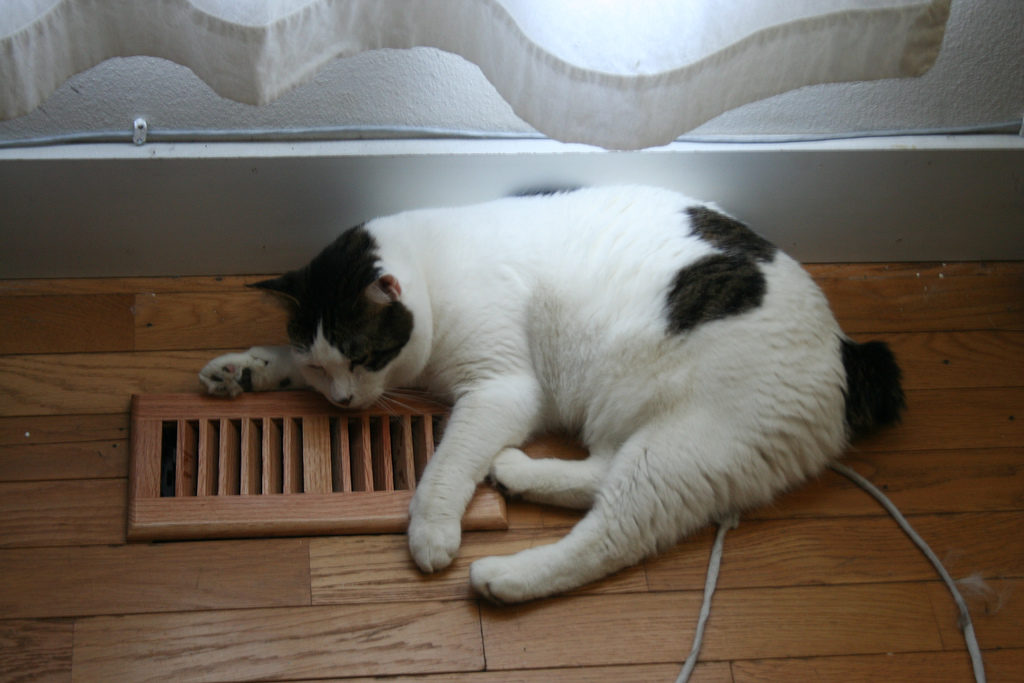
9) Keep your heaters and vents clean and dust-free.
Heating systems are less energy efficient and have to work harder when they’re dirty. If you have baseboard heaters, keep the surface and coils free of dust. If you have central heating, wipe out the vents and make sure they’re open.
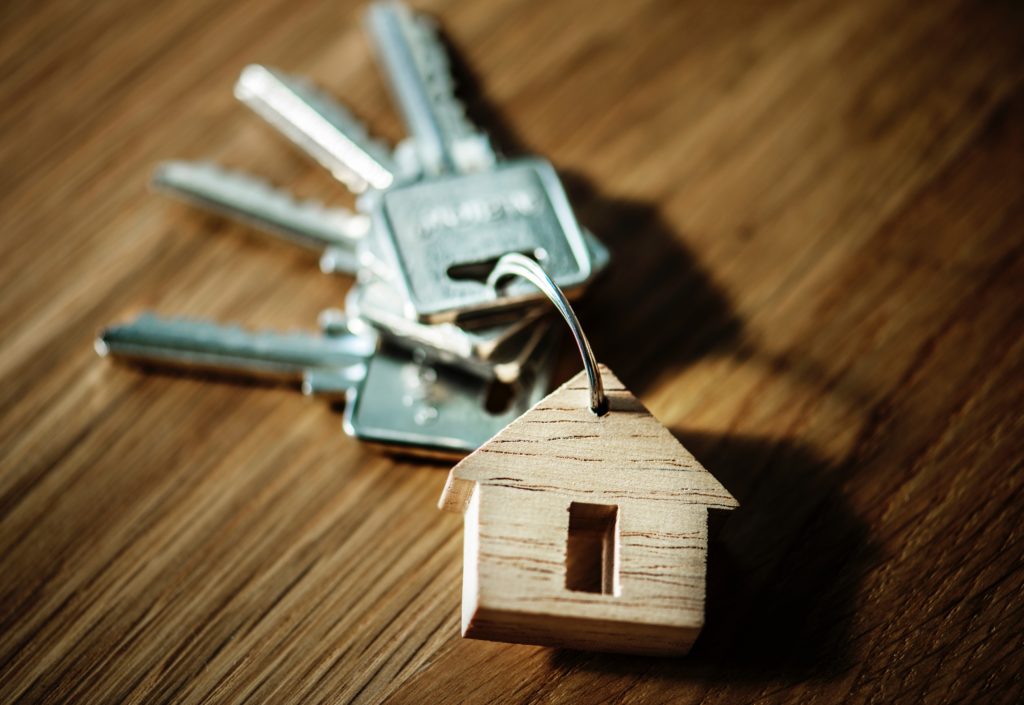
10) Enroll in a Home Weatherization Assistance Program.
Many local organizations offer weatherization and energy conservation programs to help make your home more energy efficient and reduce your electric bill. These programs will teach you how to seal your windows and doors to avoid cold-air leaks, DIY insulation tips, and furnace and water heater upkeep. Some organizations also provide in-home weatherization services for seniors and people with disabilities.
To enroll in a home weatherization program, visit the Low-Income Weatherization Assistance Program (WAP) or the Community Energy Project, or find your local agency here.
Still need help paying your electric bill?
Visit our energy assistance page to learn how to get emergency energy assistance in your area.